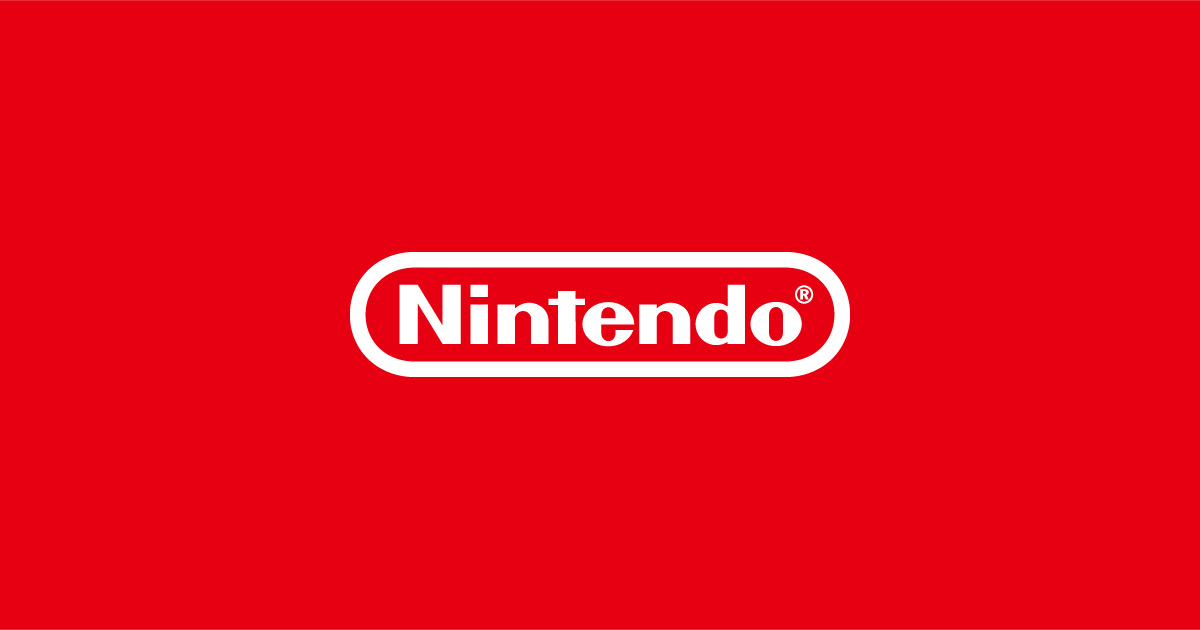Nintendo Switch 2 LCD Screen Receives Criticism for Slower Response Time Than Steam Deck
The much-anticipated Nintendo Switch 2 has come under scrutiny following technical evaluations of its new LCD screen.
With Nintendo having shipped millions of original Switch units since its 2017 debut, expectations for hardware improvements in the next generation are understandably high.
However, recent testing suggests that the LCD display in the Switch 2 may not measure up to both its predecessor and competitors like Valve’s Steam Deck, raising industry concerns over Nintendo’s hardware choices for its flagship handheld gaming console. Digital Foundry, a well-established authority in hardware analysis, has closely examined the Nintendo Switch 2’s LCD performance.
According to John Linneman of Digital Foundry, independent tests published on the specialized PC Monitor site Chimilog indicate that the screen fell to the bottom of a comparative list of 32 LCD displays.
Specifically, the Switch 2’s average response time was found to be approximately three times slower than the original Steam Deck LCD, drawing significant attention within the gaming community. In a carefully worded summary of the findings, Linneman commented that the Switch 2’s LCD panel is more problematic than initially anticipated, with response times trailing behind not only the Steam Deck but also, in certain aspects, the original 2017 Nintendo Switch LCD.
His observations—supported by empirical data from Chimilog—underscore a marked gap in performance that could affect fast-paced gaming experiences where display response and reduced motion blur are critical. Nintendo has not officially responded to the analysis, but widespread user reports suggest that, for the average gamer, the impact may not be as readily apparent in day-to-day play.
The Switch 2, which is expected to build upon the success that saw the original Switch surpass 125 million units sold worldwide (as reported by Nintendo in early 2024), continues to garner interest for its expansive library of first-party franchises, robust third-party support, and strong presence on the eShop.
Still, the LCD criticism may influence discerning gamers seeking the best display quality from their console hardware. While the potential of an OLED model could address these concerns in future revisions, the current response highlights how screen technology remains a crucial consideration in the ongoing evolution of handheld gaming devices.
As the industry awaits further announcements—potentially during future Nintendo Direct presentations—developers and consumers alike will be watching how Nintendo responds to these early technical critiques. For now, players already invested in the Switch 2 are encouraged to share their own impressions of the screen’s performance, as real-world usage can sometimes differ from laboratory test results.
The conversation around hardware standards in portable gaming continues, with Nintendo facing both high expectations and increasing competition in the handheld market.
With Nintendo having shipped millions of original Switch units since its 2017 debut, expectations for hardware improvements in the next generation are understandably high.
However, recent testing suggests that the LCD display in the Switch 2 may not measure up to both its predecessor and competitors like Valve’s Steam Deck, raising industry concerns over Nintendo’s hardware choices for its flagship handheld gaming console. Digital Foundry, a well-established authority in hardware analysis, has closely examined the Nintendo Switch 2’s LCD performance.
According to John Linneman of Digital Foundry, independent tests published on the specialized PC Monitor site Chimilog indicate that the screen fell to the bottom of a comparative list of 32 LCD displays.
Specifically, the Switch 2’s average response time was found to be approximately three times slower than the original Steam Deck LCD, drawing significant attention within the gaming community. In a carefully worded summary of the findings, Linneman commented that the Switch 2’s LCD panel is more problematic than initially anticipated, with response times trailing behind not only the Steam Deck but also, in certain aspects, the original 2017 Nintendo Switch LCD.
His observations—supported by empirical data from Chimilog—underscore a marked gap in performance that could affect fast-paced gaming experiences where display response and reduced motion blur are critical. Nintendo has not officially responded to the analysis, but widespread user reports suggest that, for the average gamer, the impact may not be as readily apparent in day-to-day play.
The Switch 2, which is expected to build upon the success that saw the original Switch surpass 125 million units sold worldwide (as reported by Nintendo in early 2024), continues to garner interest for its expansive library of first-party franchises, robust third-party support, and strong presence on the eShop.
Still, the LCD criticism may influence discerning gamers seeking the best display quality from their console hardware. While the potential of an OLED model could address these concerns in future revisions, the current response highlights how screen technology remains a crucial consideration in the ongoing evolution of handheld gaming devices.
As the industry awaits further announcements—potentially during future Nintendo Direct presentations—developers and consumers alike will be watching how Nintendo responds to these early technical critiques. For now, players already invested in the Switch 2 are encouraged to share their own impressions of the screen’s performance, as real-world usage can sometimes differ from laboratory test results.
The conversation around hardware standards in portable gaming continues, with Nintendo facing both high expectations and increasing competition in the handheld market.






